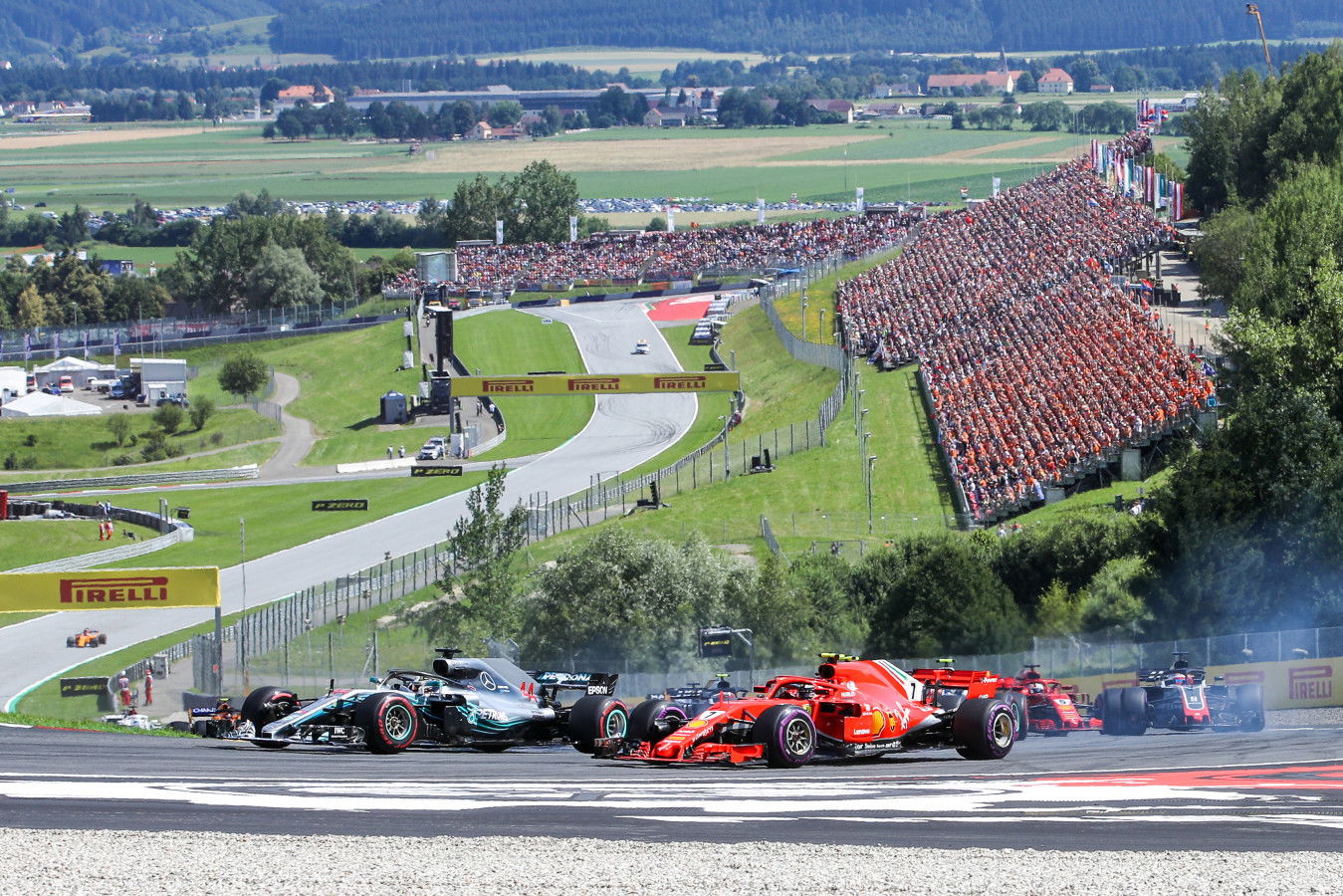Tech: Ferrari to Bring Engine, Gearbox Updates to Austria

Ferrari have revealed that they will bring a brand new power unit specification to the season opening Austrian Grand Prix on July 5th, as well as a revised gearbox design.
The Maranello based team weren’t shy to the fact they were behind rivals Mercedes and Red Bull during pre-season testing, with even privateers Racing Point looking faster and a resurgent McLaren at least on par with the Scuderia.
However, due to the original 2020 season opener in Australia being cancelled just before Free Practice 1 on the Friday, teams are allowed to bring as many updates they like to the new first race of the season, including brand new power unit specifications, with Ferrari understandably taking full advantage.
Team boss Mattia Binotto has stressed that the car they bring to Austria will be essentially the same as they would’ve raced in Australia from an aerodynamic perspective, and because of this concedes that the two Red Bull Racing races will still be difficult for the team.
This will be because the Red Bull Ring offers some unique challenges, with only 10 corners a lot of the lap is taken at full throttle, and at 660m above sea level the air is thinner than most circuits, which presents cooling issues for the engine and gearbox. This was an issue that caught Mercedes out during the 2018 Austrian Grand Prix, with both cars retiring after having locked out the front row in qualifying.
 Steep Austrian Slopes - 2018 Austrian GP
Steep Austrian Slopes - 2018 Austrian GP
The engine updates Ferrari will bring sees an entirely new power unit spec to the one they ran at Barcelona for pre-season testing. Dubbed the ‘EVO2’, the new power unit would’ve originally made its race debut at around the Azerbaijan Grand Prix, the 8th round of the season (with Austria being the original 11th race).
The EVO2 is understood to bring an extra 15bhp to the table, to further cement the Ferrari engine’s status as the best on the grid. This extra power will come in handy at the Red Bull Ring’s long uphill straights, with the circuit being set in the foot of the Styrian Mountains, but doesn’t necessarily aid cooling for the engine in thinner air.
Ferrari’s new gearbox is one that the entire assembly has been largely stiffened. This is to improve the handling and tyre characteristics of the SF1000. A stiffer gearbox assembly will decrease the stress loads being put through the rear tyres, reducing both mechanical and thermal degradation and improving the overall tyre performance. However it is believed that this is in a trade off with an increased weight, and a slight aerodynamic impact around the ‘coke bottle’ shape at the rear of the car.
Ferrari are well known for being pioneers in the gearbox department, with the dominant F2004 featuring a revolutionary modular design, with a titanium gearbox and a stiffened carbon shroud. The modular design meant suspension or aerodynamic changes around the gearbox could be made without incurring a grid penalty for changing the gearbox. This design is now copied by the entire grid.
The 2020 FIA Formula 1 World Championship season is set to kick off in Austria on July 3rd-5th at the Red Bull Ring.

